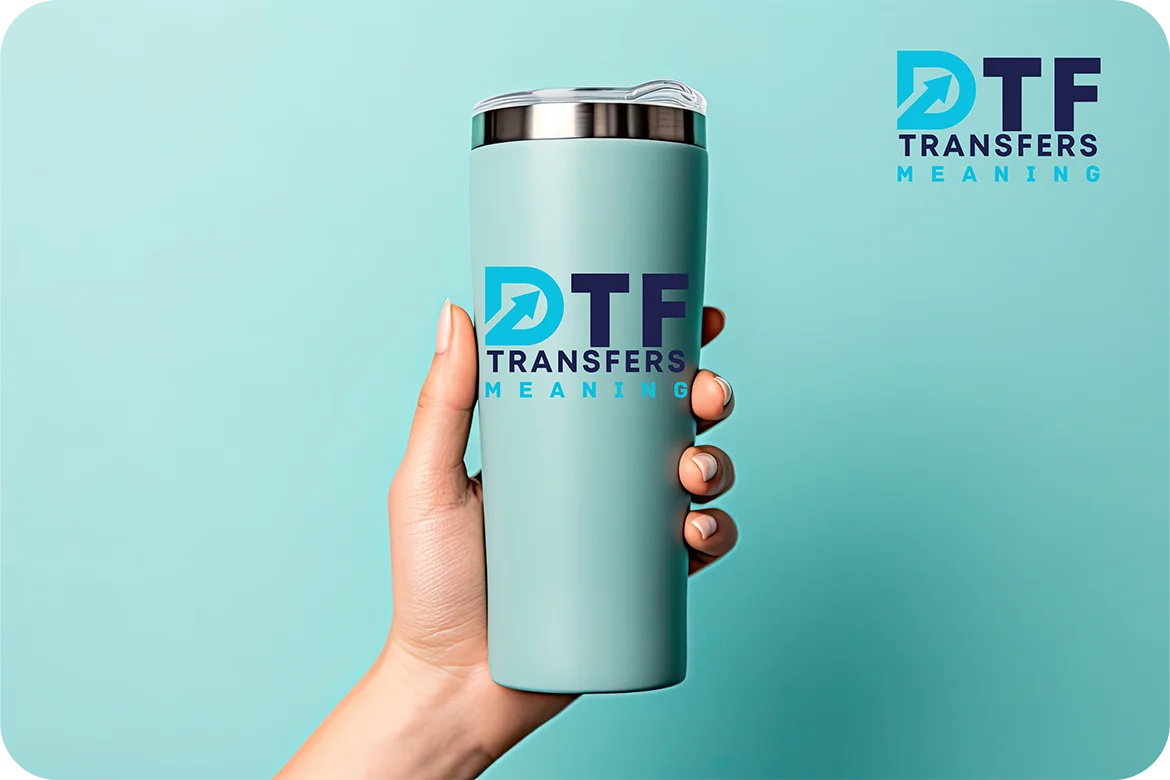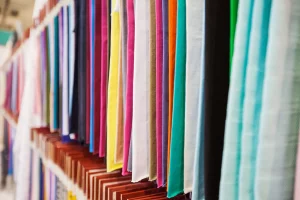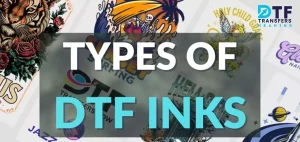Experience the benefits of UV DTF transfers: Premium and long-lasting prints made with unique ultraviolet-cured inks, perfect for a wide range of uses
Introduction to UV DTF in Digital Printing
You’ve probably encountered various printing methods, from the traditional screen printing to the more modern digital printing techniques. However, the digital printing landscape is ever-evolving, and staying updated with the latest breakthroughs is vital for anyone interested in the field. Enter UV DTF, a term that’s becoming increasingly prevalent. This article aims to demystify what UV DTF stands for and delve into its significance within digital printing.
Imagine a printing method that combines versatility, durability, and ease of use. That’s what UV DTF brings to the table. It’s a process that leverages ultraviolet light to create prints that are not just vivid and sharp but also resilient. The implications of this technology are vast, affecting everything from production speed to material compatibility.
Understanding UV DTF is crucial for businesses and individuals looking to capitalize on the most efficient and innovative printing methods available. Whether you’re a designer, printer, or simply someone interested in the future of digital printing, the insights you gain here could be transformative for your projects.
What does UV DTF mean?
When you come across the term UV DTF, you’re encountering an abbreviation for Ultraviolet Direct to Film printing. This technology is a subset of digital printing that incorporates ultraviolet light curing to adhere printed designs onto a special film.
To break it down, ‘UV’ refers to the ultraviolet light that’s used to cure or dry the ink instantly. ‘DTF’ stands for ‘Direct to Film,’ which is indicative of the process where the print is transferred directly onto a film before being applied to the final substrate. This two-step process is pivotal for producing prints that are not just striking in appearance but are also durable and flexible in application.
The uniqueness of UV DTF lies in its ability to print on a variety of materials without direct contact. This characteristic opens up a world of possibilities for printing on substrates that would be difficult or even impossible to print on with other digital printing methods.
The process of UV DTF printing
Delving into the steps of UV DTF printing, it’s evident that the technique is a meticulous yet straightforward one. The process begins with a digital design being printed onto a thin, transparent film. This design is then coated with a layer of adhesive, followed by the application of a finely powdered curing agent.
Once the design, adhesive, and curing agent are in place, the film is exposed to ultraviolet light. This exposure causes an immediate chemical reaction that cures the ink, essentially ‘locking’ the design onto the film. The result is a high-quality print that’s ready to be transferred to the desired substrate.
The final step involves transferring the print from the film onto the substrate. The film is pressed against the substrate, and with the application of heat and pressure, the design is transferred, leaving a vibrant and precise print behind. What’s remarkable is that the UV DTF process eliminates the need for pre-treatment of the substrate, thus simplifying the workflow and reducing production time.
The advantages of UV DTF in digital printing
UV DTF printing offers a multitude of benefits that make it an attractive option for digital printing enthusiasts and professionals. One of the most notable advantages is its versatility. UV DTF can be used on a wide array of materials, including those that are traditionally difficult to print on, such as ceramics, glass, and metals. This flexibility allows for a broader range of creative possibilities and applications.
Durability is another significant benefit. UV-cured prints are known for their resistance to environmental factors such as sunlight and moisture, which means that the prints are less likely to fade or degrade over time. This is particularly advantageous for items that require a long lifespan or are exposed to harsh conditions.
Additionally, the UV DTF process is efficient and eco-friendly. The instant curing of the ink reduces the overall production time, enabling quicker turnarounds for projects. Moreover, since the ink is cured immediately, there’s minimal risk of ink spreading or mixing, leading to a reduction in waste and ensuring a cleaner printing process.
Common uses and applications of UV DTF
Another area where UV DTF makes a significant impact is in the promotional products industry. Items such as pens, USB drives, and phone cases can be easily customized using UV DTF, providing businesses with a means to create branded merchandise that stands out.
Signage and graphics are yet another realm where UV DTF excels. The ability to print on a multitude of materials means that signs, decals, and wall graphics can be produced with ease, regardless of the surface they’re intended for. This flexibility ensures that UV DTF printing is a go-to choice for both indoor and outdoor applications.
Costs associated with UV DTF printing
The cost-effectiveness of UV DTF printing is a significant consideration. Due to the specialized nature of the printers and curing systems, the initial investment in UV DTF equipment can be higher than that in other digital printing technologies. However, the long-term savings are notable.
Because UV DTF printing is efficient and produces less waste, the operating costs can be lower over time. The durability of the prints also means fewer reprints and replacements, which is economically beneficial for businesses that prioritize longevity in their products.
Material costs are another factor to consider. While UV DTF can use a variety of materials, the film and inks specific to the process can be more expensive than conventional digital printing supplies. Nonetheless, the trade-off is the unparalleled quality and flexibility that UV DTF provides.
The future of UV DTF in digital printing
Looking ahead, the trajectory of UV DTF in the digital printing industry seems promising. Innovations in UV LED technology are making the curing process even more efficient and environmentally friendly, which aligns with the growing demand for sustainable printing solutions.
As the industry continues to evolve, we can expect to see UV DTF becoming more accessible and cost-effective, paving the way for wider adoption. The technology’s ability to adapt to various market needs and consumer trends suggests that UV DTF will be a key player in the future of digital printing.
Conclusion
UV DTF has proven to be a game-changer in the world of digital printing. Its unique process, versatility, and advantages over traditional printing methods make it an exciting development for everyone involved in the industry. From apparel to promotional products and beyond, UV DTF’s potential applications are as limitless as your imagination.
As you continue to explore the possibilities of digital printing, keep in mind the profound impact that UV DTF can have on your projects. Whether you’re looking to innovate, improve efficiency, or simply stay ahead of the curve, understanding and embracing UV DTF could be your next strategic move.





